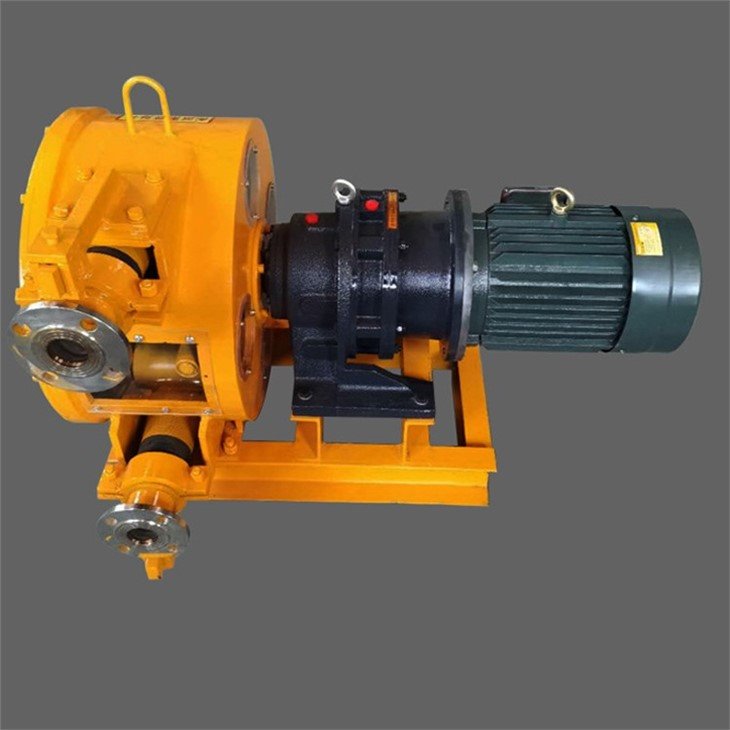- Shifo Industrial Zone, Anguo City, Hebei Province,China
- +8618831216699
sale@nlpumps.com

Production Process of Slurry Pumps

The production process of slurry pumps typically involves several key steps. Here is an overview of the typical production process for manufacturing slurry pumps:
Design and Engineering: The first step in the production process of slurry pumps is the design and engineering phase. This involves creating the initial concept and specifications for the slurry pump, taking into consideration factors such as the desired performance, application requirements, materials, and manufacturing processes. Computer-aided design (CAD) software is commonly used to create detailed 3D models and technical drawings that serve as the blueprint for the production process.
Material Selection: Once the design is finalized, the appropriate materials for the slurry pump components are selected. The materials must be durable, corrosion-resistant, and capable of handling the abrasive nature of slurry, which is a mixture of solids and liquids. Common materials used for slurry pump components include high-chrome alloy, rubber, polyurethane, and stainless steel.
Casting or Fabrication: Depending on the design and materials selected, the slurry pump components may be cast or fabricated. Casting involves pouring molten metal into a mold to create the desired shape, while fabrication involves cutting, welding, and assembling individual pieces of metal to create the components. Both casting and fabrication require specialized equipment and skilled workers to ensure accurate dimensions and proper alignment of the components.
Machining: After the components are cast or fabricated, they may undergo machining to achieve precise tolerances and smooth surfaces. Machining involves the use of various cutting and shaping tools, such as lathes, milling machines, and drills, to remove excess material and create the final shape of the components. Machining is a critical step in ensuring the dimensional accuracy and performance of the slurry pump.
Assembly: Once all the components are machined, they are assembled to create the complete slurry pump. This typically involves fitting the components together according to the design specifications, and securing them with bolts, screws, or other fasteners. Seals, gaskets, and O-rings may also be installed to ensure proper sealing and prevent leakage.
Testing and Quality Control: After assembly, the slurry pump undergoes rigorous testing to ensure its performance and reliability. This may involve hydraulic testing to check for proper flow rates, pressure, and efficiency, as well as functional testing to ensure that all components are working as intended. Quality control measures, such as inspections and measurements, are also carried out to ensure that the slurry pump meets the specified quality standards.
Finishing and Painting: Once the slurry pump has passed the testing and quality control checks, it may undergo finishing and painting. Finishing involves cleaning, deburring, and polishing the surfaces of the components to remove any imperfections and ensure a smooth appearance. Painting may be done to protect the components from corrosion and enhance their aesthetics.
Packaging and Shipping: Finally, the finished slurry pumps are packaged and prepared for shipping to customers. Proper packaging is important to protect the slurry pumps during transportation and storage. The slurry pumps may be shipped to distributors, dealers, or directly to end customers, depending on the sales and distribution channels of the manufacturer.
The production process of slurry pumps may vary depending on the specific design, materials, and manufacturing processes employed by the manufacturer. However, these are the general steps involved in the production of slurry pumps, from initial design and engineering to final packaging and shipping. Each step requires careful attention to detail and adherence to quality control measures to ensure that the slurry pumps meet the required performance and reliability standards.